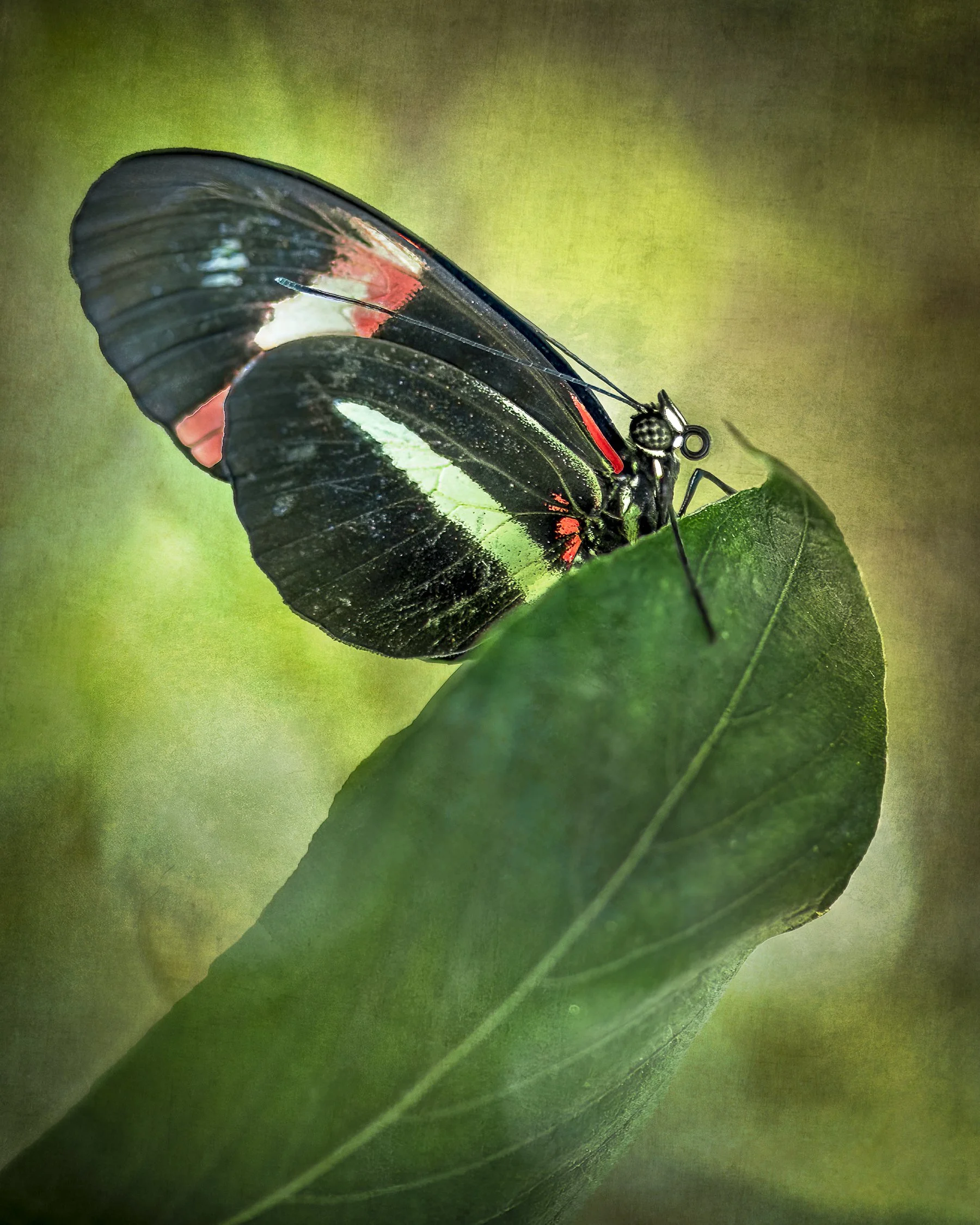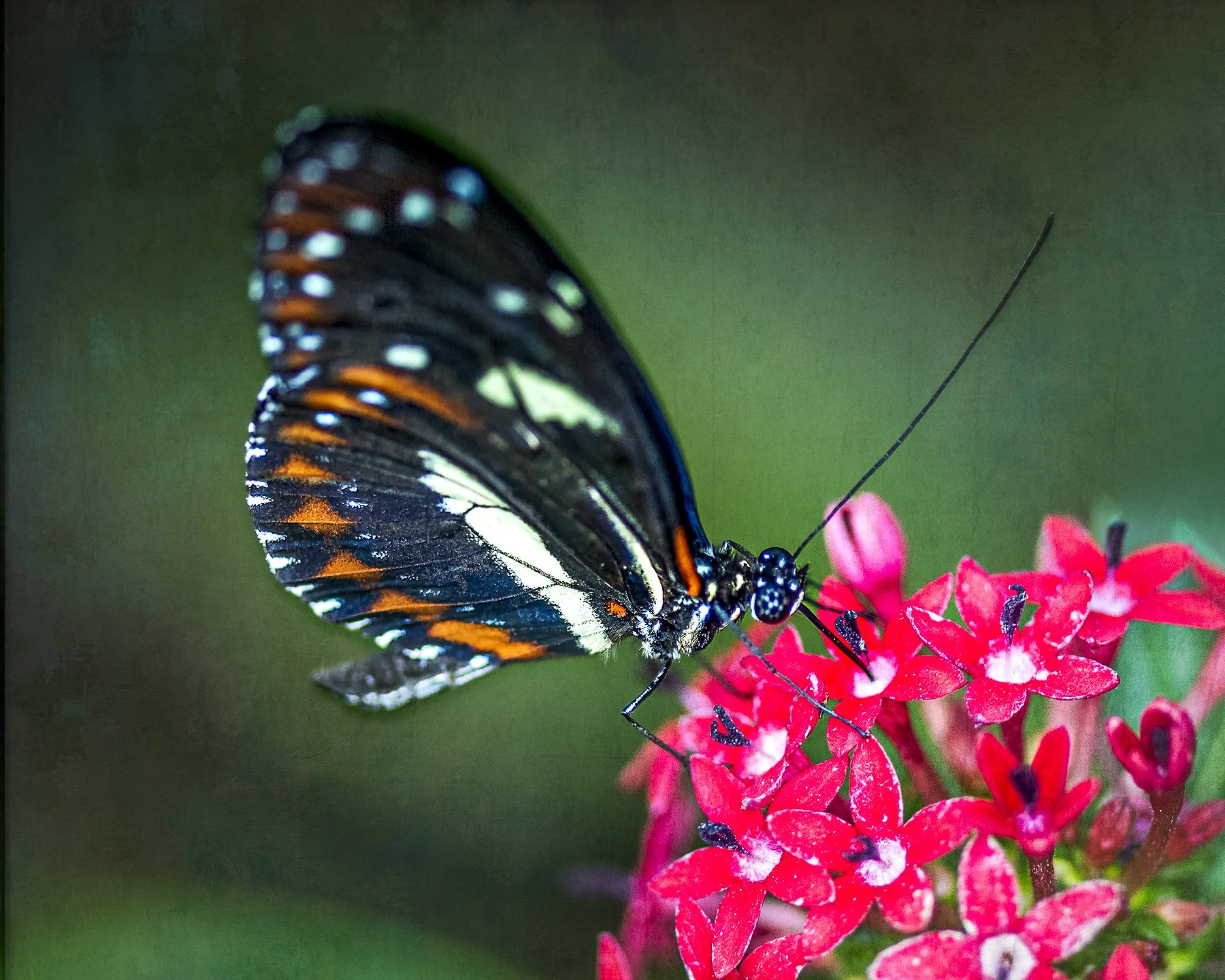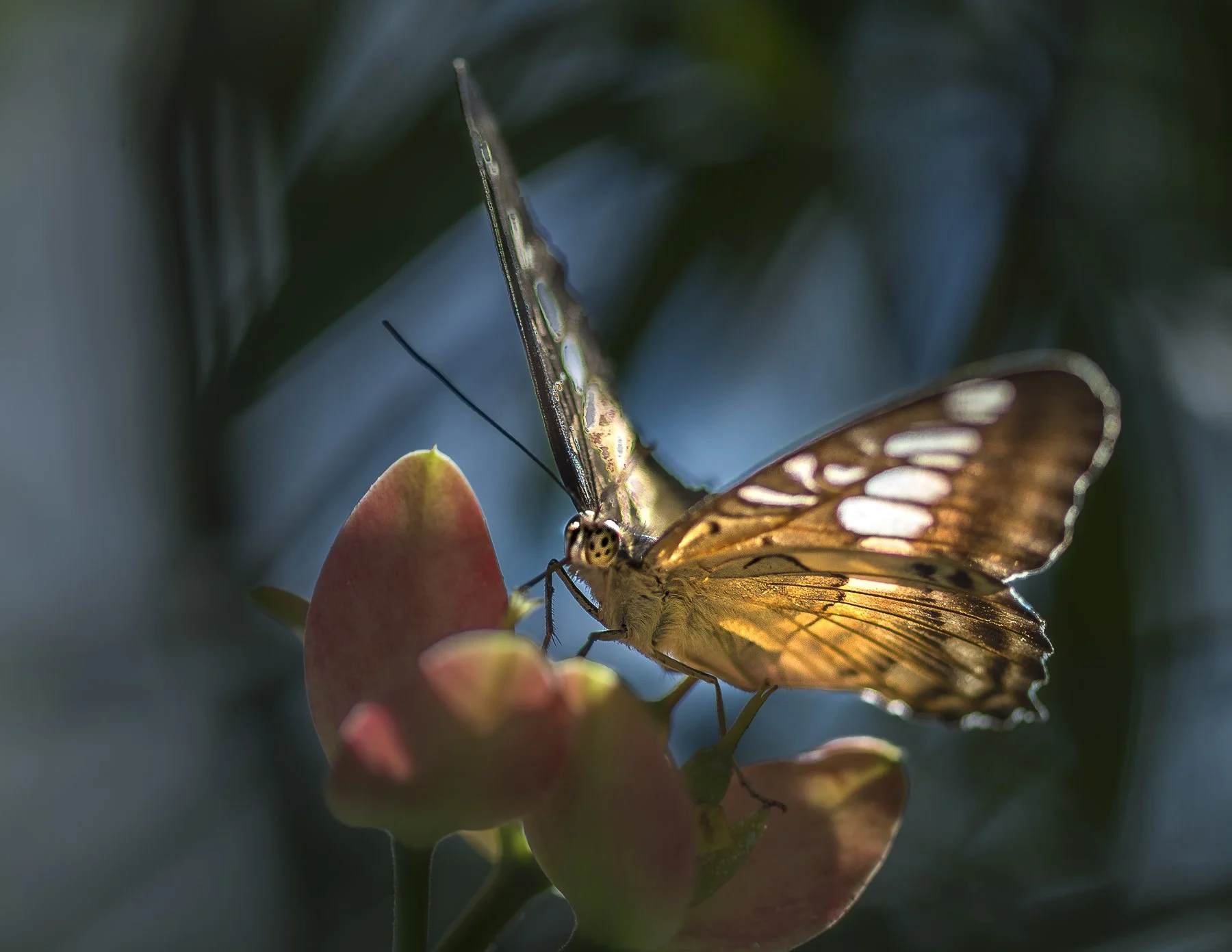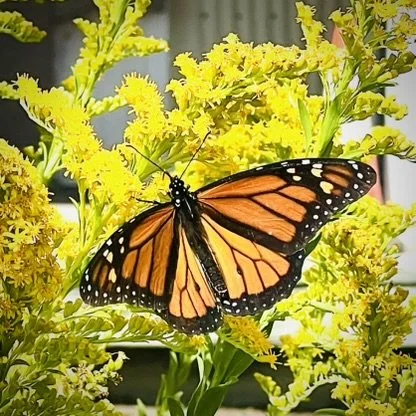Publication in the prestigious Black & White Magazine is once again the subject of this tooting of my horn. And, the volume of my horn playing has risen above the normal level because I was published in the magazine twice this year…once in a portfolio competition, and once again in a single image competition.
“The category that my Poeple’s Choice award was featured is the “PATTERN/TEXTURE/ABSTRACT” category”
And, though I am playing at a higher decibel level today, the tune is not as sweet as the recognition I passed on to you on June 10th of this year…that being my recognition as Photographer of the Year in the coveted 17th Annual International Color Awards. If you have not seen that article, please check it out HERE.
February 2025 Black & White Magazine Publication - Single Image Winners
This February issue is to announce the winners of the 2024 Single Image Contest. Two of my images were published in that issue. And, as a bonus for my Italy fans, both of those photos were taken in Italy during our 2023 trip with friends!
Here is cover of the February 2025 issue…
Though it was published in February, it seems to me that based on the cover photo, it would be a great image for an issue to be published around Halloween.
Note that the issue includes winners from the “People’s Choice Winners” category and “Single Image Winners” category. My photos were recognized in both of those categories.
Though I did not have a winner in the “Spotlight Winners” category, I did have a photo receive that recognition back in 2022, complete with a head-shot photo of yours truly. If you missed that article, you can see it HERE.
The People’s Choice Award - Feb 2025
So, what is a “People’s Choice Award”? It refers to the public being offered the opportunity to select their own favorite photos. The public can vote on nominated images to help choose winners in different categories. The category that my Poeple’s Choice award was featured is the “PATTERN/TEXTURE/ABSTRACT” category.
Here is the People’s Choice Award winner in that “PATTERN/TEXTURE/ABSTRACT” category, which I titled “Stoned”.
SPECIAL NOTE ABOUT VIEWING THE PHOTOS ON YOUR IPHONE
On a Computer when you click on one of my photos, it gives you a full screen view. This means it can go from small to very large to see details. This is not always the case on an iPhone.
I noticed something on my iPhone. If you want to see a zoomed in view of any of my photos on an iPhone, rather than tapping on the photo just use your fingers by spreading them apart to zoom in on the photo.
Give it a try, especially with the butterfly photos so you can see their eyes and their straw-like proboscis.
I have no idea whether this works on other than iPhones
B&W Magazine People’s Choice Award Winner
This photo was taken in bella Bellagio, on the shores of Lake Como. Just recently, I published an article on eating dinner in Bellagio at Mistral Restaurant in the Grand Hotel Serbelloni, which you can see HERE.
To learn more about the wonderful lakeside village of Bellagio, you can see an article from the past that I’ve updated based on our 2023 trip by clicking HERE. You will see just what all of those stones are about!
Single Image Award Winner - Feb 2025
This Single Image Winner was featured in the “ARCHITECTURE/INTERIORS” Category. Being a church, It is obviously “architecture” related. And since it is inside the church, the “interior” term applies, also.
This interior photo was taken during our 2023 trip with friends. We are in Venice. We are in the lengthily named “Basilica Santa Maria Gloriosa dei Frari”, or in short “The Frari”. I place this church in the Don’t Miss category for your Venice visit. You can see the wonderful interior of this beatutiful church in this previous article here…Venice’s Frari…which incidentally features a shot of brother-in-law Craig striking a pose just outside the church’s secondary entrance.
Here is the Single Image Award Winner in the ARCHITECTURE/INTERIORS Category, which I titled “God Ray at the Frari”.
B&W Magazine Single Image Award Winner
August 2025 Black & White Magazine Publication - Portfolio Winners
In the August issue, the photos submitted are submitted as a portfolio of images…that being images that have some relationship to each other in subject. My submittal for this contest consisted of images of butterflies. Yes, they are butterfly photos, and they were not taken in Italy. They were taken in Gainesville, Florida at the Butterfly Rainforest at the Florida Museum of Natural History. This wonderful building is full of those little flutterbys. These photos were taken in March, 2022, during a photo workshop with my dear friend Jackie Kramer, of “Jackie Kramer Fine Art”, also known as “LuvBlooms”.
I will give you both the as-published black and white photos, as well as the color versions.
Here is the magazine cover, which is a good bit less creepy than the Single Image cover.
As this was a portfolio competition, there were more than one of my flutterby images published…there were three, and here they are in the Merit Award category, which has no particular subject category. Just below you can see the three images that were recognized.
As promised, here are the color versions of those three photographs.
Don’t you just love their eyes!!! And, since we are on the subject of butterflies, here are just a few more from that same Florida trip.
I Can See You!!!
And finally, since you are a somewhat captive audience, here are photos that I took last week on Bald Head Island, NC…which is a lovely place to be. These were taken with my iPhone.
Thank you dear reader for making it this far into my article where I tooted my horn a bit. You were able to see both God’s places, as well as God’s creatures as they were published in Black & White Magazine during 2025.
I hope you have a blessed day, and until next time, I say…
Ciao for Now,
Steve
















